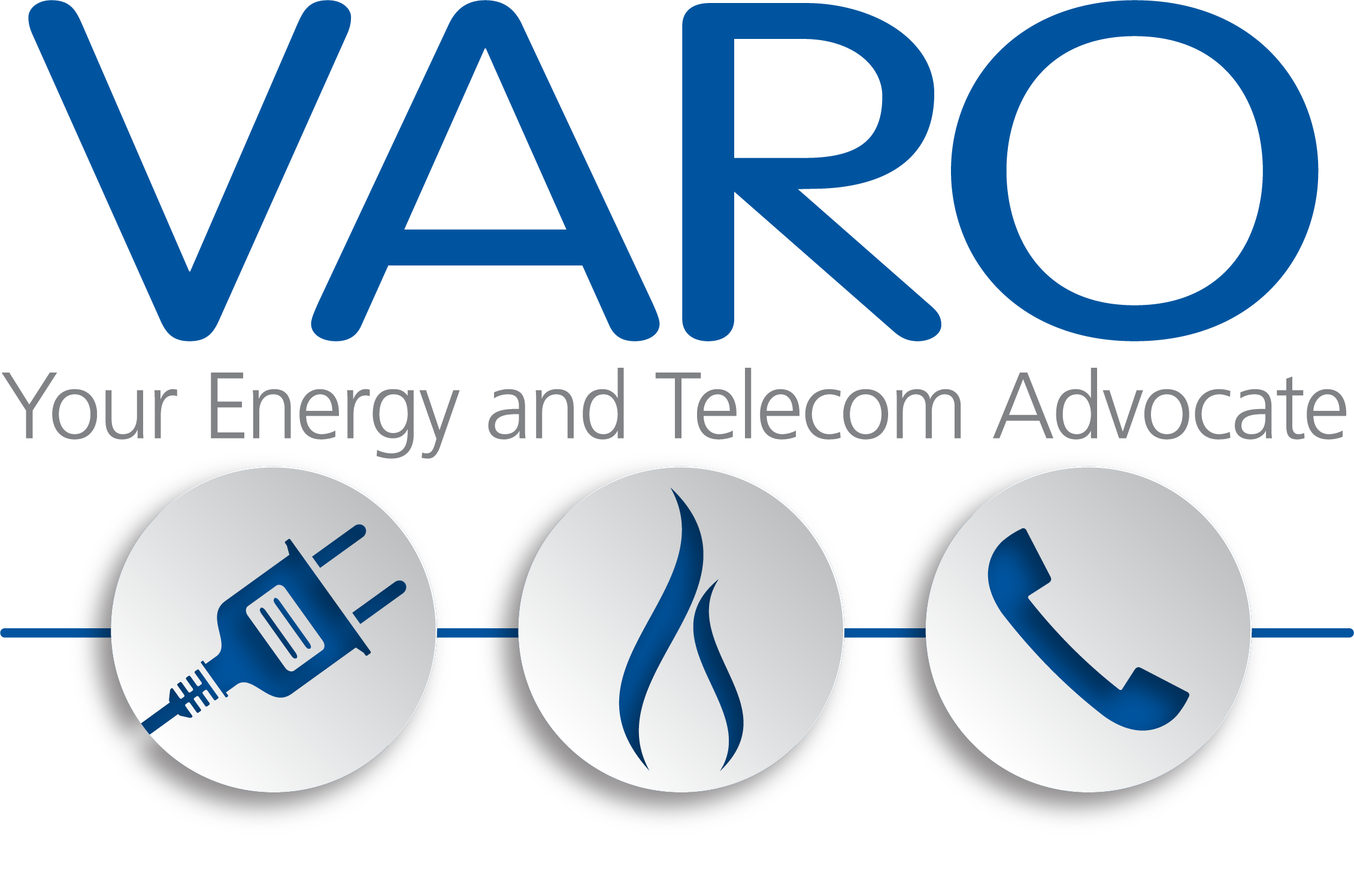Energy Facts and FAQs
Energy Background
Before certain states in the U.S. began deregulating their energy markets, local electric utility companies were vertically integrated – they individually generated, transported and delivered electricity to businesses and residential consumers. Natural gas utility companies were similarly responsible for arranging gas supplies to be transported to the local market, managing local underground storage and delivering gas to all customers in their market.
The ultimate goal of deregulation was to introduce free market forces to create competitive influence and innovation for the production, transmission and sale of energy commodities. The local utility companies were “re-assigned” to focus solely on local delivery of the energy, and the reliability and safety of their wire and pipeline networks.
For the business (and residential) customer, this created the power to select a supplier with pricing, terms and services that met the unique needs and preferences of the buyer.
In the 1990s, the power and natural gas industries in select states established plans for ending utility monopolies in nearly 1/3 of the country by separating the distinct components of the energy lifecycle: (See Energy Deregulation Map)
- Generation: production of the energy commodity (the electrons and gas molecules) is now open to market-based competition, under market auction rules governed by regional grid operators known as ISOs (Independent System Operators) or RTOs (Regional Transmission Operators).
- Transmission: inter-city and inter-state transmission of power and natural gas is open to competitive market forces while operating under strict guidelines established by the Federal Energy Regulatory Commission.
- Commodity “Supply”: deregulation established energy “supply” as a distinct component in the lifecycle of electricity and natural gas by requiring a specific licensed supplier as the party responsible for buying (taking title to) the commodity from the wholesale market and selling it to businesses under terms largely determined by free market practices.
The local utility companies remain fully regulated and responsible for safe, reliable transportation of electricity/gas to your business meter. They maintain the power lines and gas pipelines and are specifically responsibility for addressing all customer service related to service interruptions and emergencies.
FAQs
If we switch to a competitive supplier for our commodity service, does my firm risk any interruption of power/gas service?
When you sign an agreement for power or gas service with a supplier, the only physical change is the electronic records that confirm your choice of competitive supplier. There is no fundamental change to your service, no change to your utility meter and no risk of service interruption.
Why does my firm still have the choice of buying electric or natural gas supply service from the local utility company?
Texas is the only state that eliminated the local utility company from providing commodity supply service. In all other deregulated states, regulations require that the utility company provide a “standard offer service” but they are typically not permitted to earn a profit – they may only recover the cost of providing the service.
Once we sign a contract, when will service begin with the new supplier?
Depending on your contract start date and the meter reading date for your account, it typically takes 1 or 2 billing cycles until service begins with the new supplier. If you are being billed directly by the supplier, you will usually receive your first bill about 45-60 days from the date your service is scheduled to start. If your supplier bills the service on the local utility invoice (utility consolidated billing), this portion of your service will usually be found in the “Supply” section of the bill.
What type of billing options are typically offered?
Depending on the supplier, your business location, the type of supply product and annual energy usage, you may have a choice of billing options. This can include one bill from the supplier, one bill from your utility company or a bill from both parties. For customers who are billed separately by their supplier, you may have the choice of:
- consolidated billing (all accounts appear on the same invoice)
- paper bill with online bill pay
- paperless billing (bills are posted online with email notification when a new invoice is payable)
- ACH electronic bill payment

© 2021 VARO. All Rights Reserved.
Contact Us
4455 Transit Rd
Suite 2C
Williamsville, NY 14221
716.810.1111
Member of:


